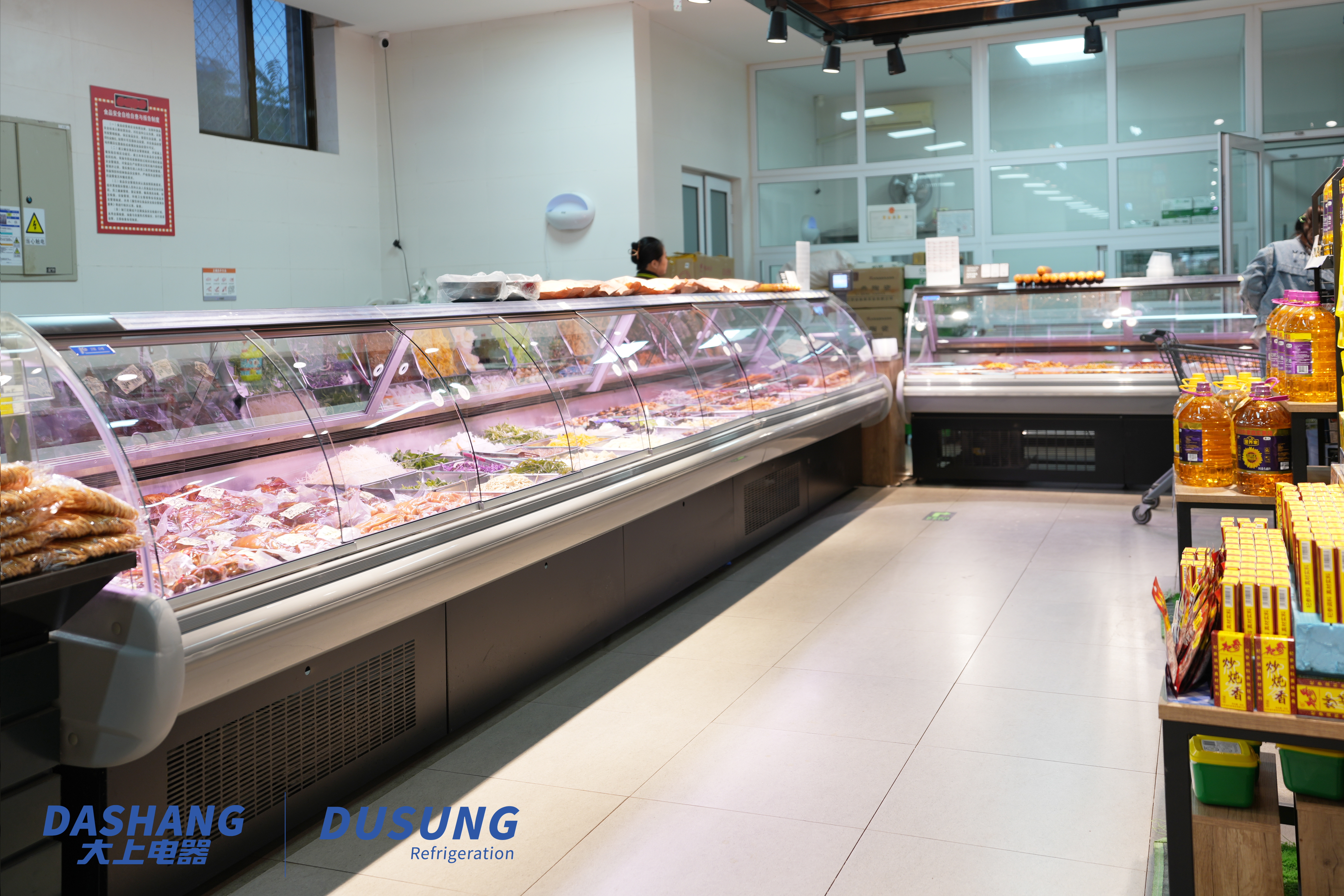In the competitive world of retail, efficiency and presentation are key to success. For supermarkets and convenience stores, the supermarket chest freezer is a cornerstone of their frozen food strategy. More than just a simple storage solution, it’s a critical tool for maximizing product visibility, managing inventory, and enhancing the customer experience. This article will delve into the core benefits and features of these freezers, providing B2B professionals with the insights needed to make an informed investment.
Why a Chest Freezer is a Smart Investment
Choosing the right freezer can significantly impact your store’s profitability and operational efficiency. The strategic placement and design of chest freezers offer several distinct advantages.
- Maximized Capacity and Efficiency: Chest freezers are designed to hold a large volume of products in a compact footprint. Their deep, wide-open interior allows for efficient stacking and organization, ensuring you can store more product per square foot. This is particularly valuable for businesses dealing with high-volume frozen goods.
- Superior Energy Efficiency: The design of a chest freezer inherently makes it more energy-efficient than an upright model. Since cold air sinks, the top-loading design minimizes cold air loss every time the lid is opened, reducing the compressor’s workload and lowering energy bills. Modern units with advanced insulation and low-emissivity glass lids further enhance this efficiency.
- Enhanced Product Visibility and Merchandising: Many modern supermarket chest freezer models feature a glass top, allowing customers to easily see the products inside. This visual appeal encourages impulse buys and allows for strategic merchandising, such as placing high-margin or promotional items at eye level.
- Durability and Longevity: Built for the demands of a commercial environment, these freezers are typically constructed from robust materials like stainless steel. Their solid build and simple mechanical design mean they can withstand heavy use and offer a long service life with minimal maintenance.
Key Features to Look for in a Commercial Chest Freezer
When selecting a chest freezer for your business, consider these critical features to ensure you get the best value and performance.
- Glass Lids: Opt for a model with tempered, anti-fog glass lids. This feature is crucial for both energy efficiency and product visibility. Low-E glass is particularly effective at preventing condensation and heat transfer.
- Temperature Control: Look for a unit with a reliable and precise temperature control system. A digital thermostat allows for easy monitoring and adjustment, ensuring your products are kept at the ideal temperature for safety and quality.
- Interior Lighting: Bright LED lighting inside the freezer helps illuminate products, making them more appealing and easier for customers to see and select. LED lights are also energy-efficient and generate less heat.
- Mobility and Stability: Features like heavy-duty casters or adjustable leveling feet make it easy to move the freezer for cleaning or rearranging store layouts. This flexibility is a major benefit in a dynamic retail environment.
- Defrosting System: Choose a freezer with an efficient defrosting system to prevent ice buildup. Auto-defrost features are a time-saver and ensure the unit continues to run at peak efficiency.
Summary
In conclusion, the supermarket chest freezer is an indispensable asset for any retail business dealing with frozen goods. Its capacity, energy efficiency, and merchandising capabilities make it a smart, long-term investment. By focusing on key features like glass lids, precise temperature control, and durable construction, you can select a unit that not only meets your operational needs but also contributes significantly to your bottom line.
FAQ
Q1: How do chest freezers differ from upright freezers in a supermarket setting?
A1: Chest freezers have a top-loading design, which is more energy-efficient and better for storing a high volume of products. Upright freezers, while taking up less floor space, can lead to more cold air loss when the door is opened and are generally better for displaying a smaller variety of items.
Q2: What is the ideal temperature range for a commercial chest freezer?
A2: The ideal temperature for a commercial chest freezer used for food storage is typically between 0°F to -10°F (-18°C to -23°C). This range ensures food remains frozen solid and safe for consumption.
Q3: Can a supermarket chest freezer be used for long-term storage?
A3: Absolutely. Due to their superior insulation and ability to maintain a consistent low temperature, chest freezers are excellent for long-term storage of frozen goods, making them a great option for businesses that buy in bulk.
Q4: How do I choose the right size chest freezer for my supermarket?
A4: To choose the right size, you should consider the volume of frozen goods you sell, your available floor space, and the flow of customer traffic in your store. It’s often better to slightly overestimate your needs to accommodate future growth and seasonal demand.
Post time: Sep-04-2025





